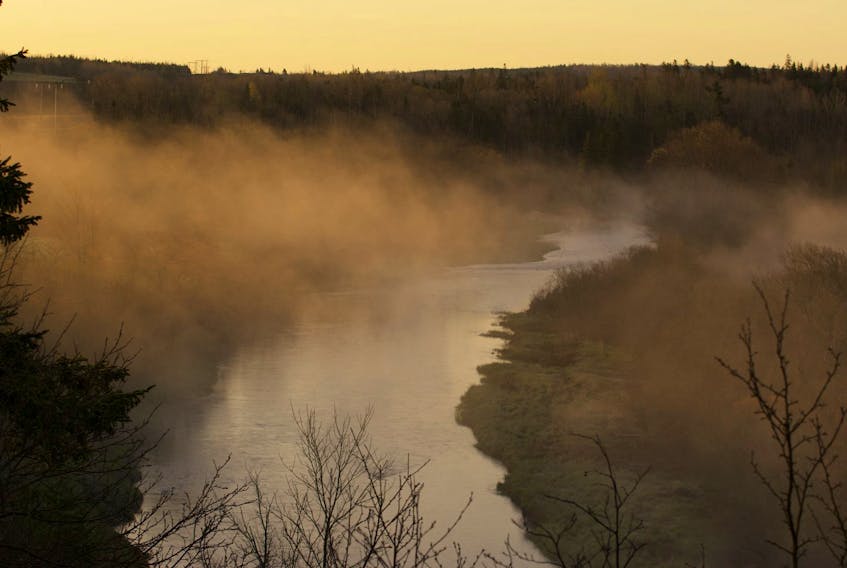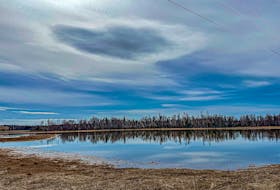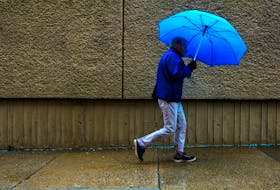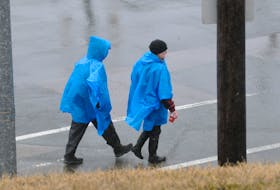I love to share Grandma’s wisdom with anyone who’ll listen. Writing my book “Grandma Says” was such a gentle stroll down memory lane. I could almost hear her voice …
One thing I’ve learned from the book is that many of you had grandparents or parents who were just as wise as mine. I enjoy hearing from you and learning about the weather lore you grew up with.
Last week I got an email from a lady who was writing on behalf of her 91-year-old neighbour Dorothy Beebe. Dorothy lives in the Wentworth Valley in Nova Scotia and wants to know if I had ever heard the saying: “Fog on the hill brings water to the mill, Fog in the hollow means a fine day will follow”. Her grandfather always said it.
I’m so glad Dorothy asked because I had forgotten that one.
So here goes:
There are different types of fog and these fogs form when certain conditions are met.
Let’s start with “fog on the hills”. That’s an example of frontal fog. Frontal fog forms near a weather system when raindrops, falling from relatively warm air above, evaporate into cooler air close to the Earth’s surface and cause it to become saturated. This type of fog is often first spotted over higher land or hills and rain usually follows.
Now what about “fog in the hollow”? It’s called radiation fog and is a result of infrared cooling. This happens on a cloud-free night when a humid air mass can lead to fog formation. Radiation fog is most common in August and September because nights get longer, air masses begin to cool, and land and water surfaces that have warmed up during the summer are still evaporating a lot of water into the atmosphere. Once the temperature reaches the dew point, radiation begins to develop. Radiation fog often forms in the valleys first since this is where the coldest air sits; for that reason, you might know it as “valley fog” or fog in the hollow. The cloud-free night that served up idea conditions for this fog to develop is usually followed by a fair day.
There you have it – two very wise people, miles apart, making the same weather observations and forecasts!
- Want more weather information? Your weather page.
- Have a weather question, photo or drawing to share with Cindy Day? Email [email protected]
Cindy Day is the chief meteorologist for SaltWire Network.









